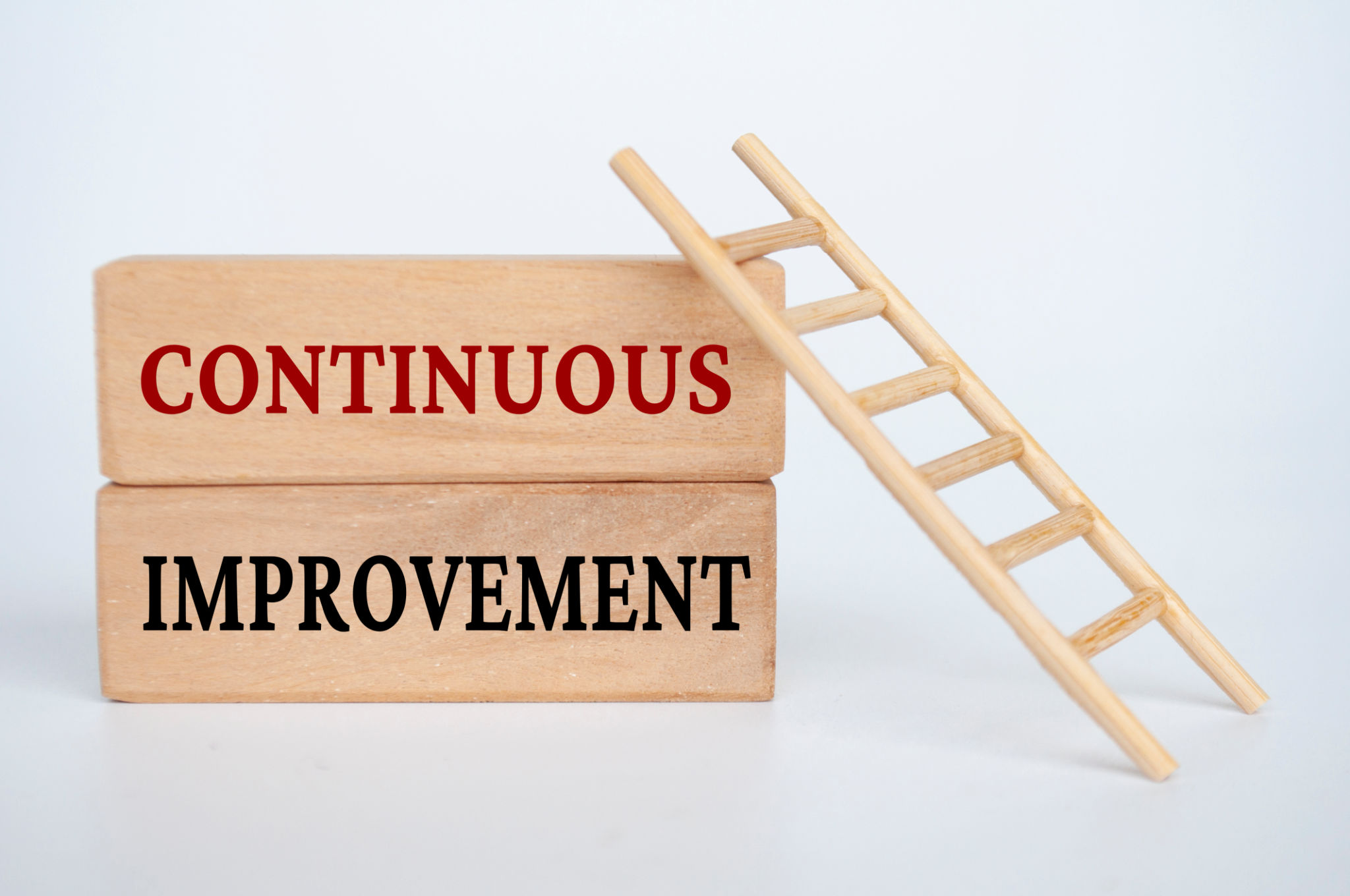Conducting Effective Competitor Analysis for Startups
Understanding the Importance of Competitor Analysis
For startups, understanding the competitive landscape is crucial. Conducting an effective competitor analysis can provide insights into market trends, customer preferences, and potential opportunities. By examining what competitors are doing well and where they're lacking, startups can strategically position themselves for success.

Identifying Your Competitors
The first step in conducting a competitor analysis is identifying who your competitors are. These can be direct competitors offering similar products or services, or indirect competitors offering alternatives. Startups should look beyond obvious players and consider new entrants and potential disruptors in the market.
Utilize tools like Google Search, industry reports, and customer feedback to compile a list of relevant competitors. It's important to keep this list updated as the competitive landscape can change rapidly.
Analyzing Competitor Strategies
Once you've identified your competitors, the next step is to analyze their strategies. This involves looking at their marketing tactics, pricing models, product offerings, and customer engagement practices. Understanding these aspects can help you identify what makes them successful and where they might be vulnerable.

Focus on areas such as their unique selling points, distribution channels, and customer service approaches. This information can often be found on their websites, social media platforms, and through customer reviews.
Evaluating Strengths and Weaknesses
Understanding your competitors' strengths and weaknesses is vital for crafting your own strategy. Consider using a SWOT analysis (Strengths, Weaknesses, Opportunities, Threats) to evaluate each competitor. This will help you pinpoint areas where you can outperform them or fill gaps they might not be addressing.
For example, if a competitor is strong in customer service but weak in product variety, you could focus on expanding your offerings to attract customers looking for more options.

Monitoring Market Trends
Competitor analysis isn't a one-time task; ongoing monitoring of market trends is essential. This includes keeping an eye on industry developments, emerging technologies, and shifting consumer preferences. By staying informed, startups can adapt their strategies as needed and maintain a competitive edge.
Utilize tools like Google Alerts, industry newsletters, and social media listening tools to stay updated on the latest trends and competitor activities.
Strategic Implementation
After gathering and analyzing all relevant data, it's time to implement your strategy. Use insights from your competitor analysis to refine your marketing approach, enhance product offerings, and improve customer engagement. Aim to differentiate your startup by leveraging the weaknesses of your competitors while emphasizing your unique strengths.
Remember that the goal is not just to imitate successful strategies but to innovate and offer something distinctly valuable to your target audience.
Continuous Improvement
Competitor analysis should be an ongoing process. Regularly revisit and update your findings to ensure that your startup remains agile and competitive. Encourage a culture of continuous improvement within your team, fostering innovation and responsiveness to market changes.

By consistently analyzing competitors and adapting strategies accordingly, startups can not only survive but thrive in their respective industries.
